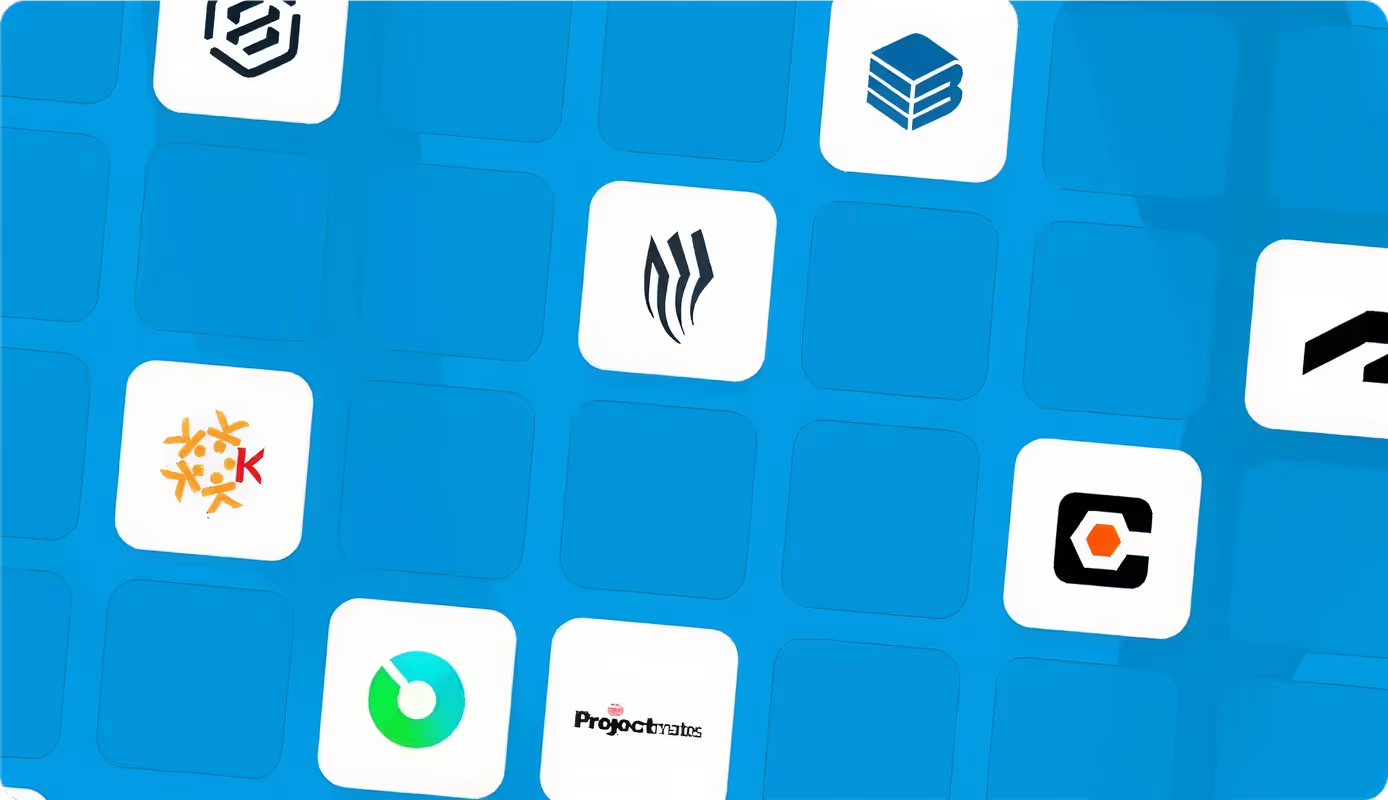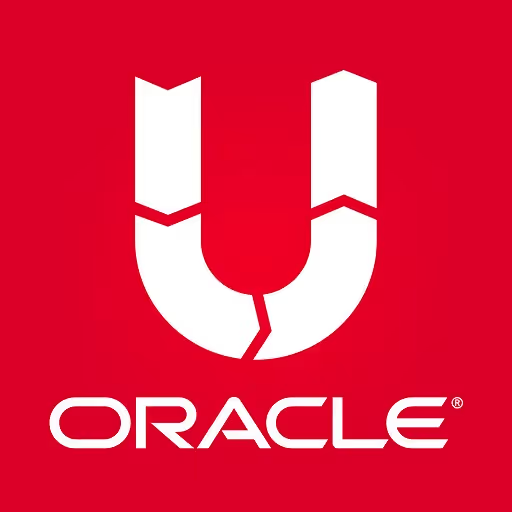Find the best capital project management software in 2025. Get tools for budgeting, contracts, reporting, and portfolio oversight to deliver complex projects efficiently.

Managing capital projects without the right tools is costly and risky. The best software for capital project management gives you control over budgets, contracts, and reporting while keeping every stakeholder aligned. If you want faster decisions, tighter financial oversight, and smoother delivery, these are the top platforms to look at in 2025:
Capital project management software is a specialized platform designed to plan, track, and deliver complex, high-value projects. It brings together budgets, schedules, documents, and communication into a centralized platform. This ensures every stakeholder works with the same information.
Unlike general tools, capital project software is built for the scale and oversight these programs demand. Large programs often span years, involve multiple contractors, and require strict financial controls. With this software, organizations gain the visibility and accountability needed for capital project management.
Capital project management software works as an integrated system that connects data, workflows, and collaboration. Every budget, contract, risk, and schedule entry lives in one database. When something changes, the software updates connected areas automatically, keeping all teams aligned.
The way it works can be seen in these core processes:
The mechanics behind this are simple but powerful. Structured data feeds a central database, and workflows automate approvals. Integrations pull schedules and costs from other systems, while dashboards display live updates. Instead of chasing information in emails and spreadsheets, project teams see the same truth in one place.
Managing complex projects demands precision, accountability, and control. Capital project software helps organizations align budgets, stakeholders, and outcomes across long, complex project lifecycles.
The key benefits of using capital project management software include:
Multiple funding sources, layers of approvals, and regulatory oversight make manual management difficult. Centralized platform ensures these interconnected processes remain aligned, reducing the chance of mismanagement as projects progress.
Software for managing capital projects should simplify oversight while handling the complexity of large, long-term programs. The right features give teams clear visibility, stronger financial control, and smoother collaboration across every stage of project delivery.
The most effective capital projects management software includes features such as:
In capital project management, AI adds value by ensuring accuracy at scale. It cross-checks payment applications, validates compliance requirements, and keeps financial data consistent across large, multi-year programs.
The right software for managing capital construction projects aligns with your project scale, funding structure, and oversight requirements. Choosing it means looking beyond flashy features to how well the system supports governance, reporting, and collaboration.
These steps could help you compare options:
Step 1: Define Your Capital Project Needs
Start by outlining specific requirements. Large infrastructure or portfolio programs often need portfolio dashboards, multi-funding source tracking, and program-level forecasting. Smaller building upgrades may focus more on budget controls, payment scheduling, and contract administration.
Step 2: Prioritize Ease of Adoption
Capital projects bring together project owners, contractors, consultants, and auditors. Select software with simple workflows, automated approvals, and intuitive dashboards so each party can complete tasks without training delays.
Step 3: Match Features to Project Scale
Multi-year capital programs require advanced features like audit trails, risk registers, regulatory reporting, and long-term forecasting. A single capital project may not need the same level of detail, but it should still support budget management, contract registers, and payment requests processing.
Step 4: Test with Real Capital Project Data
Demos can be misleading. Upload real budgets, contracts, and progress payment requests to test how the software manages capital forecasting, cost breakdowns, and reporting accuracy.
Step 5: Ensure Integration with Enterprise Systems
Capital projects depend on data consistency across multiple systems. Check that the platform integrates with ERP software, financial management systems, and document control tools. This prevents double entry and ensures compliance with audit and funding requirements.
Step 6: Assess Vendor Experience in Capital Projects
Choose a vendor with proven experience in capital project delivery. Vendors with infrastructure, government, or asset-owner clients understand reporting standards, funding compliance, and the governance demands of public and private projects.
Capital projects change over time. Regulations, funding priorities, and reporting standards evolve. The right software adapts to new requirements without costly custom builds or disruptive mid-program replacements. A strong platform grows with your portfolio, keeping oversight and compliance intact as complexity increases.
Managing a single project is complex, but managing a portfolio is far more demanding. Centralized dashboards and portfolio-level reporting provide the visibility leaders need to compare performance across programs. Capital project management construction software ensures resources and funding flow to the projects that create the most value.
Recommended as the
Top Capital Project Management Software for 2025
Web-based, Cloud Integration
4.7/5 (Capterra)
Infrastructure & Public Works, Buildings & Real Estate, Industrial & Energy

Web-based, iOS, Android
4.5/5 (Capterra)
Construction, Engineering, and Real Estate Development.

Web-based, iOS, Android
4.3/5 (Capterra)
Construction, Engineering, and Architecture.

Web-based, iOS, Android
4.4/5 (Capterra)
Construction, Government, and Healthcare.

Web-based, Windows
4.4/5 (Capterra)
Construction, Engineering, and Energy.

Web-based, iOS, Android
4.3/5 (Capterra)
Government, Healthcare, and Education.

Web-based
4.3/5 (Capterra)
Construction, Engineering, and Government.

Web-based, iOS, Android
4.2/5 (Capterra)
Real Estate, Retail, and Education.

Web-based
4.4/5 (Capterra)
Construction, Engineering, Energy, Government, Healthcare, Manufacturing.